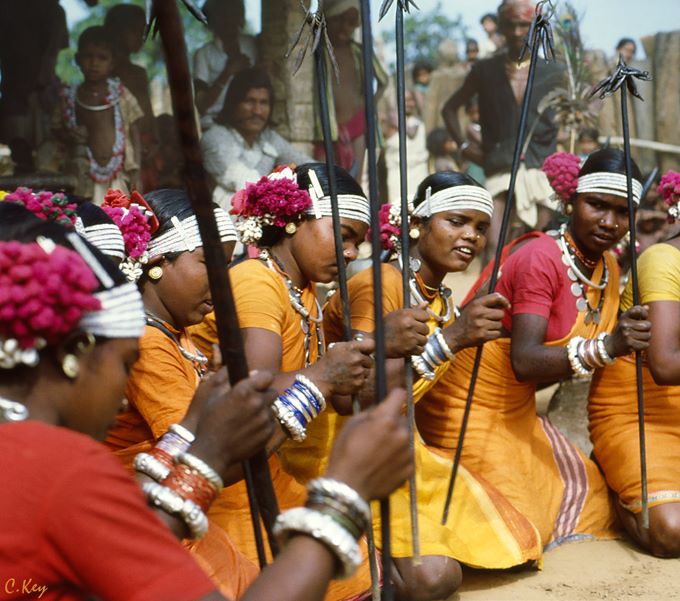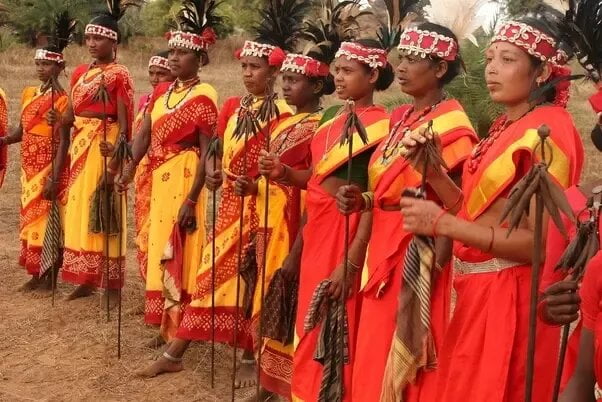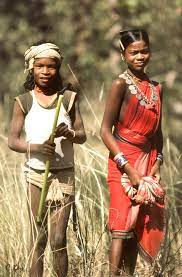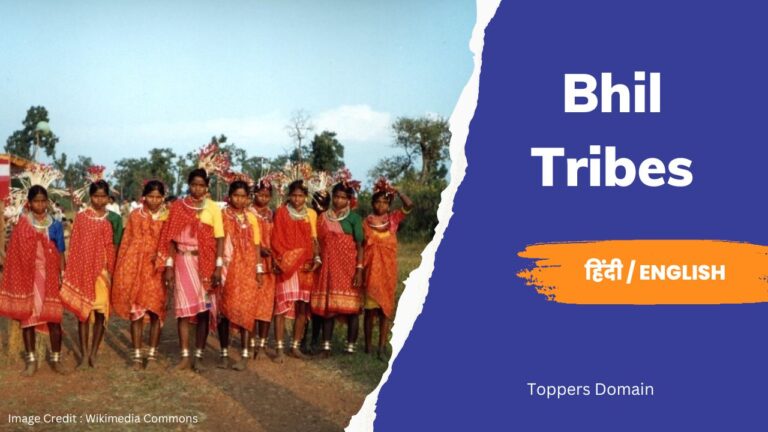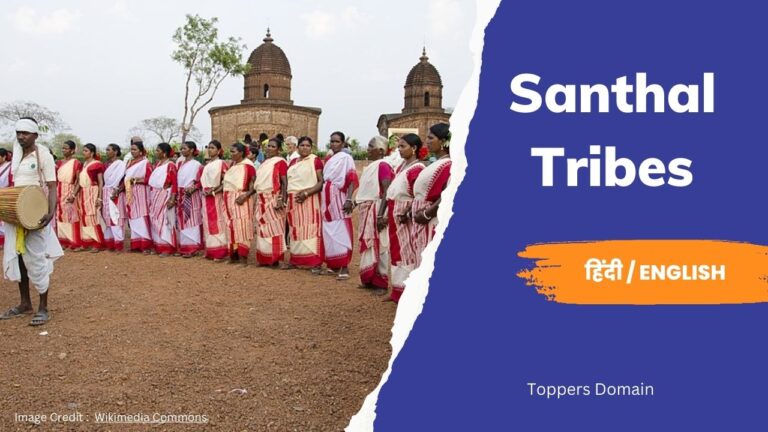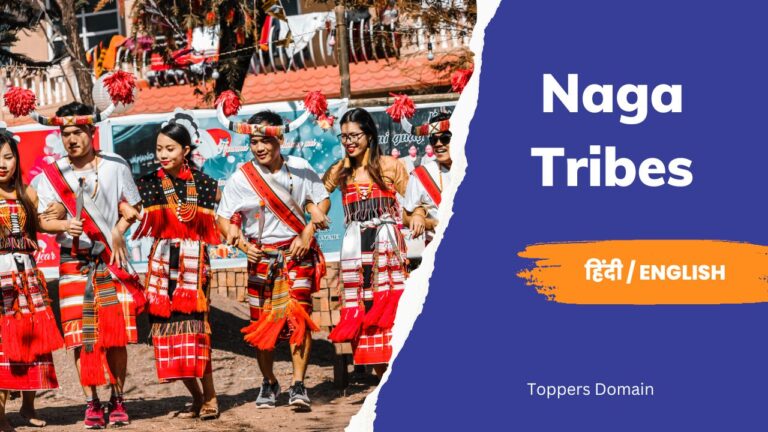Gond Tribes
Human Geography
Index
Gond Tribes
The Gond tribe is one of the largest indigenous communities in India. These people have a population of over 12 million. They are primarily concentrated in the states of Maharashtra, Madhya Pradesh, Chhattisgarh and Odisha. The Gond people have a unique cultural identity and a rich history, which is deeply intertwined with their economy and society.
Geographical Distribution
The Gonds are predominantly found in the central parts of the country, particularly in the states of Madhya Pradesh, Chhattisgarh, Maharashtra, and Odisha. The Gonds have traditionally been forest dwellers. The majority of Gonds reside in the hilly regions, forests and plateaus of these states. They also inhabit the regions near the Narmada, Wainganga, and Godavari rivers.
Society
The Gond tribe is a patrilineal society, meaning that descent is traced through the male lineage. The family is the basic unit of society and kinship ties are strong. Gond society is hierarchical, with social status determined by factors such as age, gender, and occupation. The tribe is divided into exogamous clans or gotras. The marriage within the same clan is forbidden.
The Gond people have a rich tradition of music, dance and art. Their art is characterized by intricate designs and patterns, often inspired by nature. They are also known for their unique musical instruments, such as the mandar and the tarpa. Gond dances, such as the Karma and the Saila, are an important part of their cultural heritage.
Culture
The Gond people have a rich cultural heritage. They have a strong belief in the supernatural, with a pantheon of gods and goddesses who are worshipped through rituals and sacrifices. The Gonds also have a rich oral tradition, with myths and legends passed down from generation to generation.
The Gond people have a close relationship with nature and the environment. They have a deep knowledge of the flora and fauna of their region and have developed a unique system of agriculture that is adapted to their local environment. Traditionally the Gonds practiced shifting cultivation or slash-and-burn agriculture, where they clear a patch of forest, burn the vegetation and then plant crops. Recently they have developed sedentary life based on agriculture.
Economy
The Gond people have a primarily agrarian economy, with agriculture being the mainstay of their livelihood. They practice subsistence farming, growing crops such as rice, millet and pulses. They also rear livestock such as cows, buffaloes and goats.
Apart from agriculture, the Gond people are also involved in a range of other economic activities. They are skilled hunters, gatherers and fisher man. They often supplement their income by selling forest produce such as honey, herbs and mushrooms. The Gond people are also known for their handicrafts, such as weaving, pottery and basketry.
In recent times, the Gond people have also been impacted by industrialization and development projects. Large-scale mining and dam projects have led to the displacement of many Gond communities from their ancestral lands, leading to social and economic disruption.
Conclusion :
The Gond Tribe of India is a unique community with a rich cultural heritage and a close relationship with nature. Their society is hierarchical, with kinship ties playing an important role. Agriculture is the mainstay of their economy. It is supplemented by hunting, gathering and handicrafts. However, the Gond people are facing many challenges from industrialization and development projects, which threaten their traditional way of life. It is important to recognize the cultural and economic value of indigenous communities like the Gond and to work towards protecting their rights and livelihoods.
Share
Other Topics
Unit - IV



